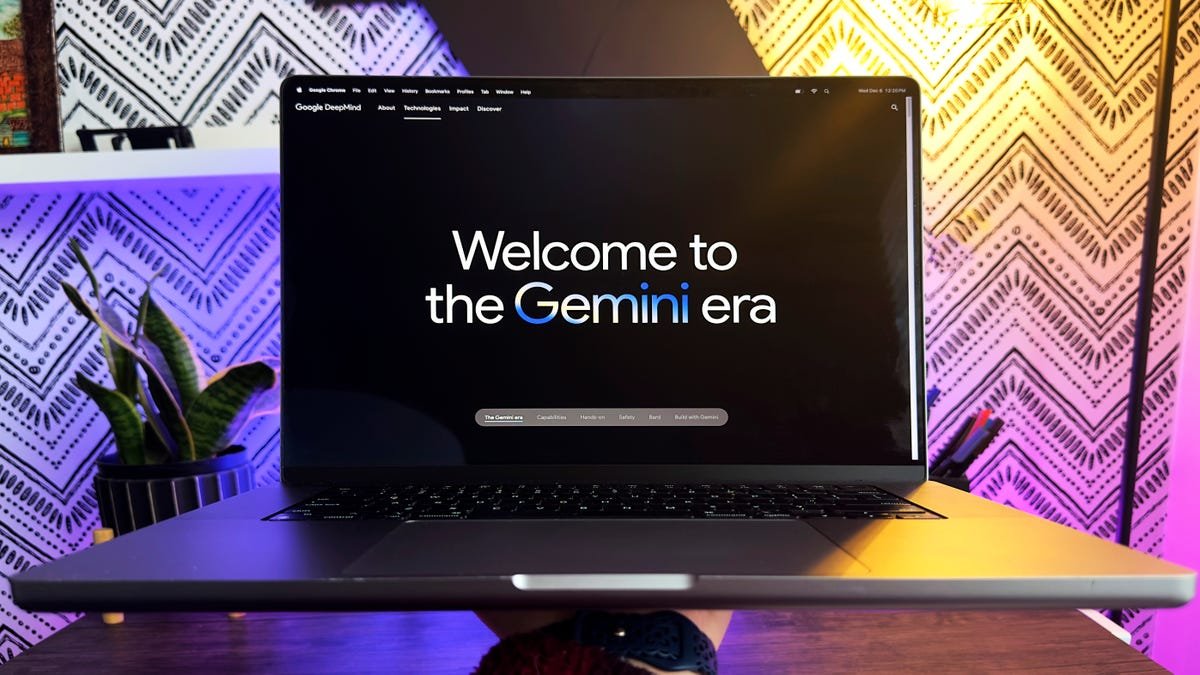DeepMind’s Veo 2: A Game Changer in AI Video Generation
Introduction to a Revolutionary Model
DeepMind, Google’s renowned AI research lab, recently unveiled a remarkable advancement in the realm of AI video generation with the introduction of Veo 2. This model is garnering attention from filmmakers and creatives who were granted early access to the beta version on December 16, as reported by sources from VIP+. Veo 2 appears to surpass its predecessors and competitors, establishing itself as a potential leader in the burgeoning field of AI-generated video.
Unveiling the Power of Veo 2
When compared to existing models, notably OpenAI’s Sora, Veo 2 has been lauded as superior. This claim has been echoed by several filmmaking professionals who participated in the early testing phase. These early adopters were tasked not only with utilizing the innovative tool but also providing feedback to enhance its capabilities.
Seeking Creative Insights: The Rationale Behind Early Access
DeepMind has reported an overwhelming demand for access to Veo 2. However, the developers have strategically prioritized filmmakers and creatives who are versed in AI usage. “We want to see what these professionals can do with this technology,” a DeepMind spokesperson stated. This decision underlines a commitment to iterative development, allowing for real-world application feedback.
Deployment Plans for Veo 2
As of now, the rollout strategy for Veo 2 remains somewhat ambiguous. Nevertheless, DeepMind has indicated ongoing collaborative efforts with YouTube and Google Cloud, emulating the previous deployment strategy for the first version of Veo, which is now integrated into YouTube’s Dream Screen feature, and available in private preview on Vertex AI.
Collaboration with Creative Minds
In addition to its integration efforts, DeepMind is keen on continuing partnerships within the creative industries. Their collaboration with Donald Glover’s creative studio, Gilga, highlights the lab’s focus on engaging with filmmakers to evolve their tools. “We are continuing deep conversations with a wide variety of filmmakers and will explore doing partnerships where mutually beneficial,” stated Neil Parris, head of filmmaker partnerships at Google.
Evaluating Video Generation Models: A Complex Landscape
The landscape of video generation models lacks a universal benchmark for evaluation. Despite this, key indicators have emerged as crucial for professional applications. Filmmakers noted that Veo 2 excels in several important areas that set it apart from its predecessors.
A New Era in Image Quality and Realism
Exceptional Realism Redefining Standards
Among the standout features of Veo 2 is its outstanding image quality and realism. Experts agree that despite some remaining challenges with complex motion and physical interactions, the photorealism rendered by Veo 2 is unparalleled. According to DeepMind, improvements in motion realism and fidelity were achieved compared to the original Veo model.
Industry Experts Weigh In
Filmmaker Jason Zada, founder of the AI studio Secret Level, remarked, “Veo 2 is a whole other class. I’ve never seen video that looks that realistic come out of AI.” The outputs from Veo 2 often require minimal post-production editing, showcasing its capabilities in generating high-quality raw footage.
Passing the Visual Turing Test
The advanced realism exhibited by Veo 2 has led many to claim that it can “fool the eye.” Numerous outputs successfully pass what is known as the visual Turing test, where observers struggle to differentiate synthetic visuals from real-life footage. This capability was highlighted by filmmaker Paul Trillo, who described a striking scene generated by Veo 2 involving a black stallion, indicating the model’s adeptness at simulating complex interactions.
Superior Prompt Adherence: A Key Differentiator
Tackling Prompt Complexity
Another notable advantage of Veo 2 lies in its prompt adherence. Filmmakers reported improved capability in executing intricate and detailed text prompts, distinguishing it from competing models. Previous iterations of Veo struggled with such depths of instruction, often necessitating extensive iterations to achieve satisfactory results.
Streamlining the Creative Process
Creative professionals emphasized that Veo 2 efficiently interprets unique and nuanced instructions. “It’s the first time I’ve really felt like an AI tool is creating what’s in my head,” Trillo noted. This user-centric design has transformed the creative process, making it feel more intuitive and aligned with the creators’ visions.
Precision in Output Generation
According to Daniel Barak, VP and global executive director at R/GA, the precision of output is remarkable, highlighting that even minor changes in wording can significantly impact results. For Barak, the model was able to generate a short film, “Lynx,” by accurately responding to nuanced instructions.
Flawless Consistency in AI-Driven Productions
Achieving Character Consistency
Through the early testing phases, Veo 2 has demonstrated a notable ability to maintain consistency across various generated characters and objects. This is a significant improvement compared to other video models, which frequently require meticulous adjustments and fine-tuning to achieve similar coherence.
Building the Right Framework for Reliability
Initial findings suggest that using consistent and precise language in prompts leads to superior consistency in video generation. Zada, for example, managed to maintain consistency in character design by repeatedly using the identifier “1970s green car” in his prompts.
Challenges in the Creative Process: The Limitations of Guardrails
Navigating Built-in Constraints
Despite its robust capabilities, Veo 2 is not without limitations. The model has built-in guardrails aimed at preventing misuses such as generating inappropriate or harmful content. While such restrictions are vital, many filmmakers expressed frustration when the model resisted creating specific scenes, such as accidents or violence.
The Balancing Act Between Safety and Creativity
Participants in the testing noted that they occasionally found ways to work around these restrictions in order to achieve desired results, an indication that while safety measures are crucial, they sometimes hinder creative expression.
Uncertain Training Data Sources
Lack of Clarity in Training Material
One pressing concern among users is the ambiguity surrounding the datasets on which Veo 2 has been trained. Observers speculate that the model may have utilized content sourced from YouTube, a property of Google. However, DeepMind has not clarified the specifics, stating only that it was trained on “high-quality video-description pairs.”
Potential for Copyright Issues
Participants have reported success in directing the model to generate recognizable intellectual property, such as scenes from “Star Wars.” This raises questions about potential copyright infringements, suggesting that Veo 2’s training may include content from established franchises, raising ethical considerations that cannot be overlooked.
Conclusion: A New Dawn for AI in Filmmaking
In summation, DeepMind’s Veo 2 represents a significant step forward in AI video generation. From unparalleled realism and image quality to advanced prompt adherence and character consistency, this model showcases the extraordinary potential of AI in augmenting creative workflows. Despite its challenges, including technical constraints and uncertainties in training data, Veo 2 stands poised to reshape the future of filmmaking. Its ongoing development and deepening partnerships within the creative industry may soon establish this technology as a staple in modern filmmaking practices. With this momentum, the next chapters in AI-driven video generation are sure to be both exciting and transformative.







